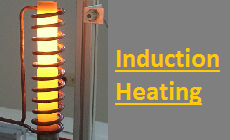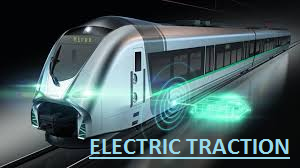Hydroelectric Power Station Working
working of Hydroelectric Power Plant
A Generating station which utilizes the Potential Energy of water at a high level for the generation of Electrical Energy is known as Hydroelectric Power Station.
Hydroelectric Stations are generally located in Hilly areas where dams can be built conveniently and large water reservoirs can be obtained. Hydroelectric stations convert the energy stored in water into electric power by the use of water turbines coupled with generators. The water stored at high altitudes is allowed to pass on the blades of the turbine through pen stocks, thus the potential energy and kinetic energy of water is transferred into mechanical energy and then turbine drives the alternator which converts mechanical energy into electrical energy.

Parts of Hydroelectric Power Plant:
- Dam: Dam is constructed across a river or lake, used to store water.\ and create water head. Water from the catchment area collects at the back of the dam to form a reservoir. These are built of concrete, stone masonary….
- Pressure Tunnel: Pressure Tunnel is taken off from the reservoir and water brought to the valve house at the start of the penstock.
- Valve house: It contains Main sluice valves and automatic isolating valves. Main sluice valves controls the water flow to the power house and automatic isolating valves cuts off the supply of water when the penstock bursts.
- Penstock: Pen stocks are open or closed conduits, which carry water to the turbines. Generally made up of reinforced concrete or steel. Concrete penstocks are suitable for low heads. Medium and high heads use steel penstocks.
- Surge Tank: Surge Tank is a small reservoir in which is open at the top, It built before the valve house and protects the penstock from bursting (water hammering) in case the turbine gates suddenly close due to the electrical load being thrown off. ie, Surge tank over comes the abnormal pressure in the conduit when the load on the turbine falls and act as a reservoir during increase of load on the turbine.
- Water turbines: Water turbines are used to convert the energy of falling water into mechanical energy. Mainly two types water turbines are available. Impulse turbines & Reaction turbines.
- Spill way: Spill way constructed of concrete piers on the top of the dam & it contains gates. If the river flow exceeds the storage capacity of the reservoir (heavy rain fall) gates are open for the excess water to discharge the downstream.





Recent Comments